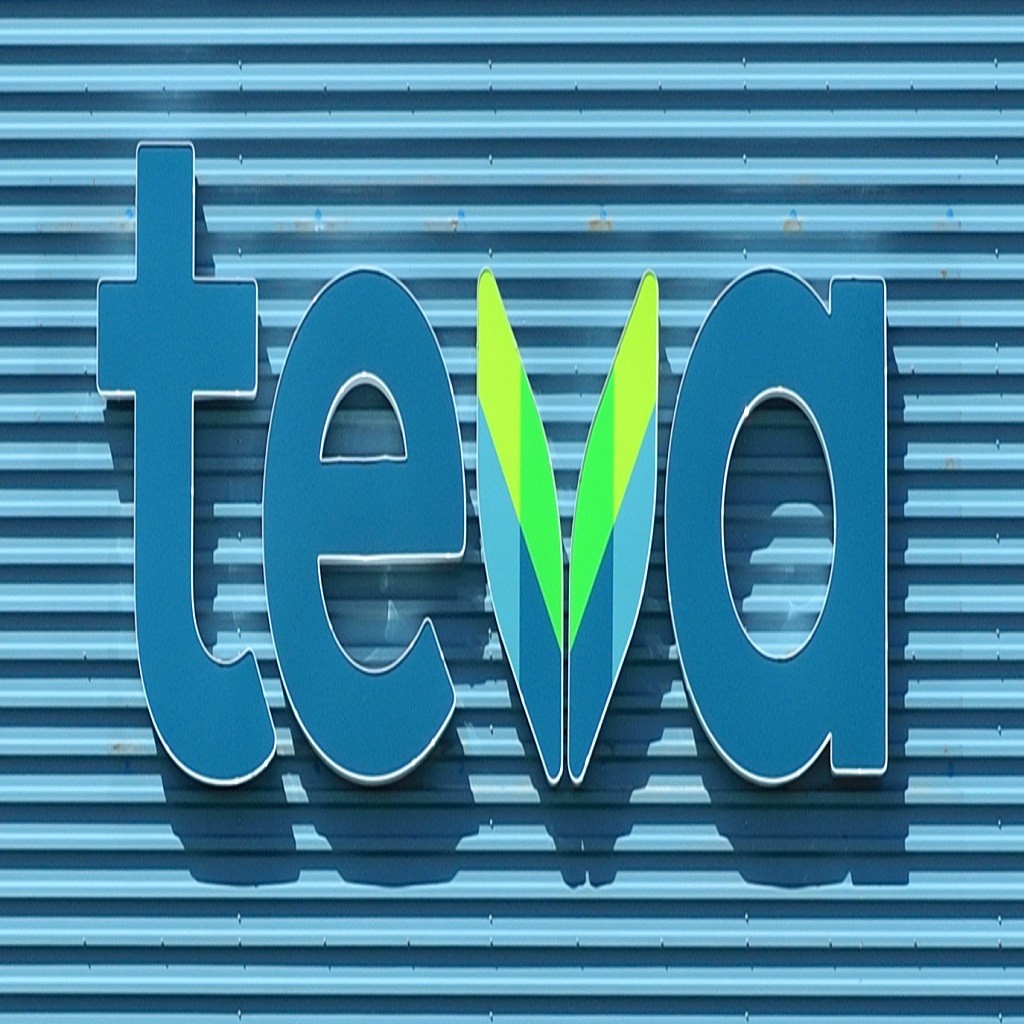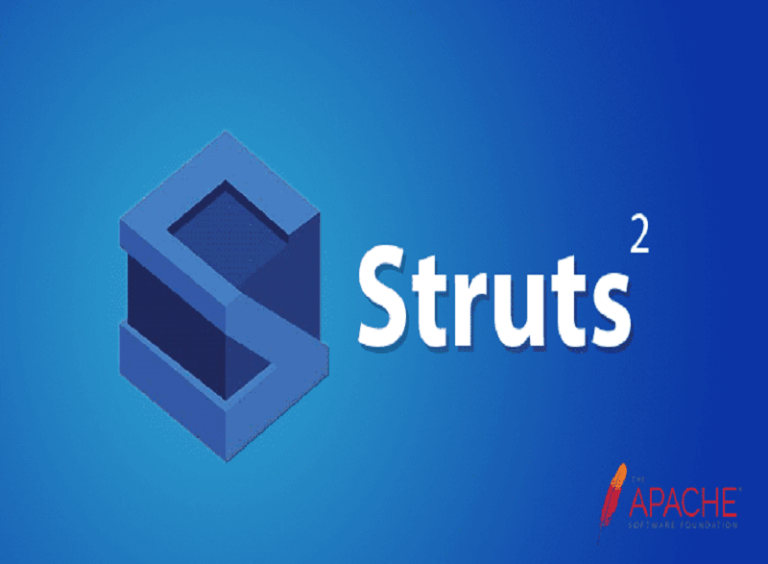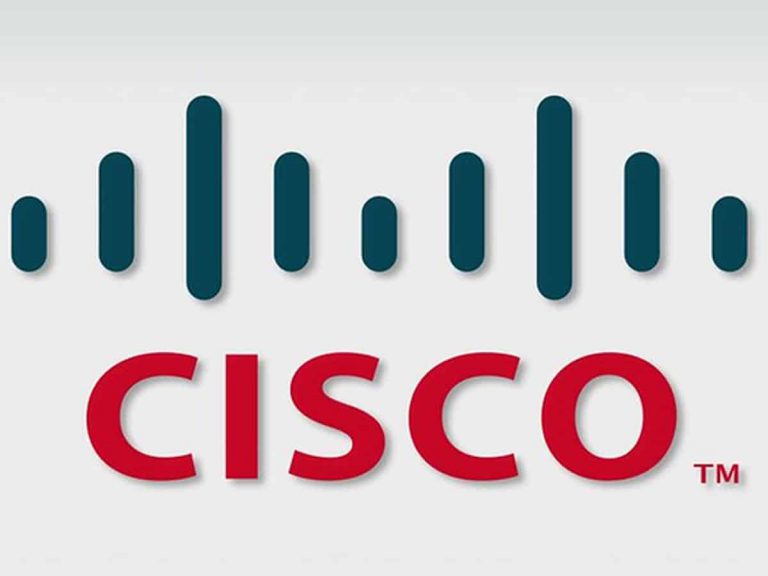Outsourcing with Comply Technologies on “Skyline” Project. Updating and building new modules for TEVA pharmaceutical company using Java, JSP and Servlet for MVC Framework. Frontend developed using HTML CSS and JavaScript .
Main Tasks
Updating and building new modules for TEVA pharmaceutical company using Java, JSP and Servlet for MVC Framework. Frontend developed using HTML CSS and JavaScript .
- Update “TEVA” web pages for Management and analysis.
- Build new modules and Web templates using JSP, Servlet, HTML, JS, and CSS.
- Write complex queries assuring best performance.
- Write periodic reports for all updates and new modules implementations.
A web application is application software that runs on a web server, unlike computer-based software programs that are run locally on the operating system (OS) of the device. Web applications are accessed by the user through a web browser with an active network connection. These applications are programmed using a client–server modeled structure—the user (“client“) is provided services through an off-site server that is hosted by a third-party. Examples of commonly-used web applications include: web-mail, online retail sales, online banking, and online auctions.

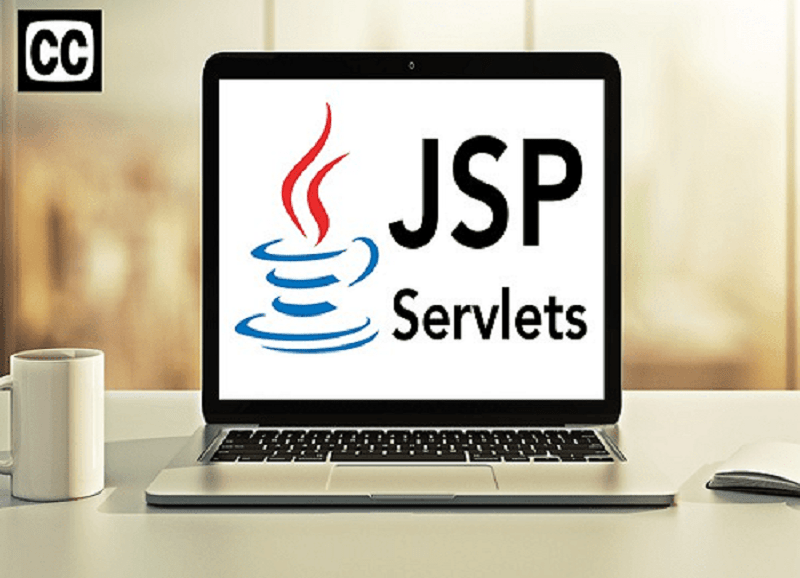
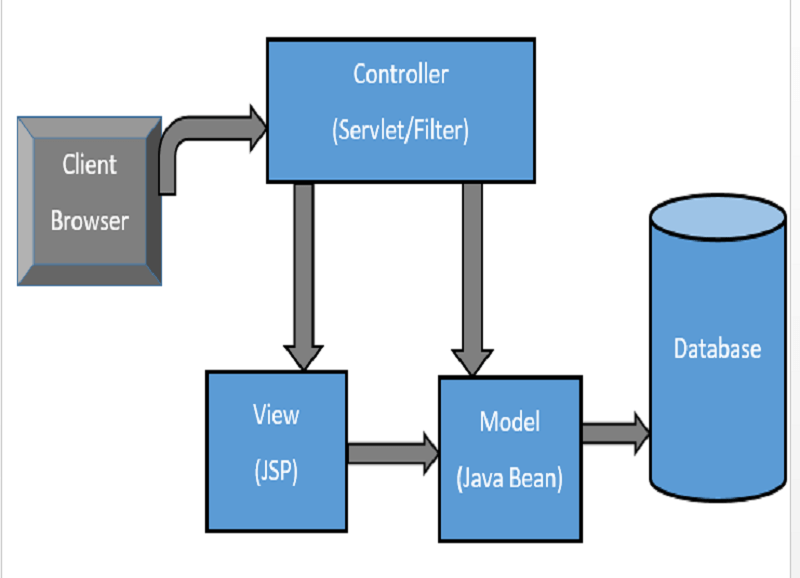
In 1998, Sun Microsystems published a pre-release of the JavaServer Pages specification, version 0.92.[1] In this specification, Sun laid out two methods by which JSP pages could be used. The first model (referred to as “model 1” due to its ordering in the document) was a simplistic model whereby JSP pages were standalone, disjointed entities. Logic could be contained within the page itself, and navigation between pages was typically achieved by way of hyperlinks. This fit with the then-common usage of template technology.
In December 1999, JavaWorld published an article by Govind Seshadri entitled Understanding JavaServer Pages Model 2 architecture. In this article, Govind accomplished two major milestones in the use of the term “Model 2”. The first milestone was to formalize the term “Model 2” as an architectural pattern rather than one of two possible options. The second milestone was the claim that Model 2 provided an MVC architecture for web-based software.[
The second model referred to by the document (“model 2” in the ordering) was an improved method that combined servlet technology with JSP technology. The specific difference listed was that a servlet would intercept the request, place the content to render into a request attribute (typically represented by a JavaBean), then call a JSP to render the content in the desired output format. This model differed from the previous model in the fact that JSP technology was used as a pure template engine. All of the logic was separated out into a servlet, leaving the JSP with the sole responsibility of rendering the output for the content provided.
JSP Model 2 is a complex design pattern used in the design of Java Web applications which separates the display of content from the logic used to obtain and manipulate the content. Since Model 2 drives a separation between logic and display, it is usually associated with the model–view–controller (MVC) paradigm. While the exact form of the MVC “Model” was never specified by the Model 2 design, a number of publications recommend a formalized layer to contain MVC Model code. The Java BluePrints, for example, originally recommended using EJBs to encapsulate the MVC Model.

